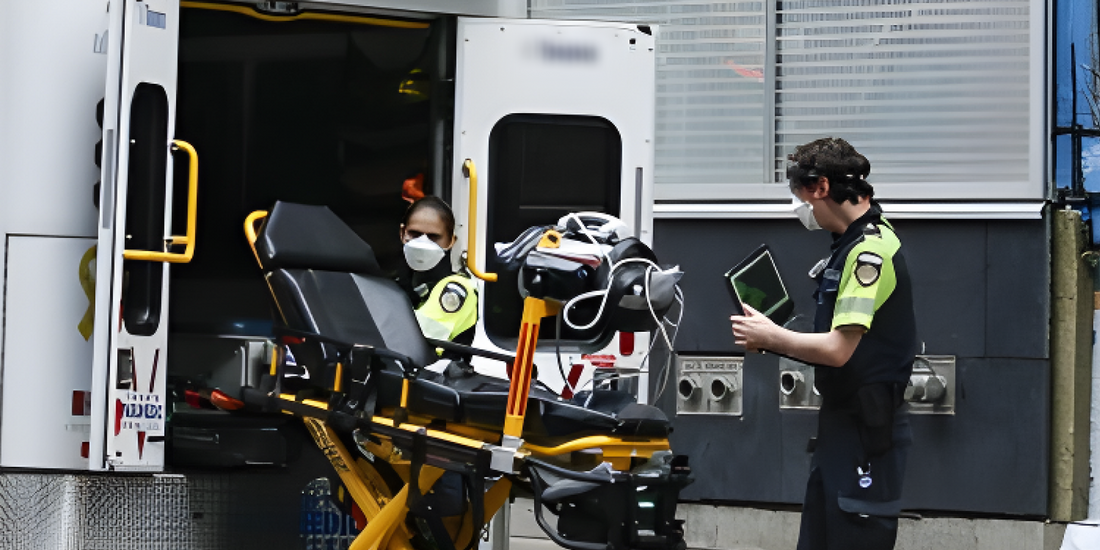Introduction
The landscape of Emergency Medical Services (EMS) is evolving, with stretcher monitor mounts at the forefront of this transformation. This blog delves into the pivotal shift towards cot-mounted defibrillator systems, highlighting their significance in improving patient care and responder safety.
The Rise of Cot-Mounted Defibrillator Systems
Traditionally, defibrillators were either handheld or placed on a tabletop within ambulances, posing risks during transport. The industry has witnessed a paradigm shift towards cot-mounted defibrillator systems, particularly for high-performance models like the ZOLL® X Series and Stryker® LIFEPAK 15. This transition is driven by a commitment to safety, efficiency, and the continuum of patient care.
Understanding the Need: A Data-Driven Perspective
Recent data from the National Highway Traffic Safety Administration (NHTSA) shed light on the hazards associated with unsecured medical equipment in ambulances. Between 2012 and 2018, 40.2% of fatalities in ambulance crashes were occupants, underscoring the need for secure equipment solutions like stretcher monitor mounts.
Stretcher Monitor Mount: The Core of Modern EMS
Stretcher monitor mounts provide a secure, accessible platform for defibrillators, ensuring they remain fixed, regardless of the ambulance's movement. This not only mitigates the risk of equipment becoming projectiles in a crash but also ensures the defibrillator is always within reach, facilitating immediate response to cardiac emergencies.
Benefits include:
- Safety Enhancements: Reduces the risk of injury from unsecured equipment in crashes.
- Operational Efficiency: Streamlines patient care with easy access to essential tools.
- Continuity of Care: Ensures life-saving equipment accompanies the patient at all times.
Case Studies: Success Stories from the Field
Adopting stretcher monitor mounts has proven beneficial for several EMS providers. For instance, an EMS service reported a 30% reduction in on-scene times for cardiac arrest patients, attributing this improvement to the efficiency of their cot-mounted defibrillator system.
Addressing Common Concerns: Safety, Efficiency, and Training
Transitioning to cot-mounted systems is straightforward. With comprehensive training programs and support from manufacturers, EMS providers can seamlessly integrate these systems into their operations, enhancing both safety and patient outcomes.
The Future of EMS: Predictions and Trends
As technology advances, stretcher monitor mounts are expected to become even more integrated with other EMS equipment, further enhancing the capability and safety of emergency medical responses.
Making the Shift: A Guide for EMS Providers
For EMS providers contemplating this transition, the first step is to assess the specific needs of their service. Engaging with trusted manufacturers for demonstrations and pilot programs can provide valuable insights and facilitate a smooth implementation process.
Conclusion
The shift towards cot-mounted defibrillator systems is not just a trend but a necessary evolution in EMS. By prioritizing safety, efficiency, and the continuum of patient care, EMS providers can significantly enhance their service quality and patient outcomes.
To learn more about how stretcher monitor mounts can benefit your EMS service, contact us today. Embrace the shift towards a safer, more efficient future in emergency medical services.
